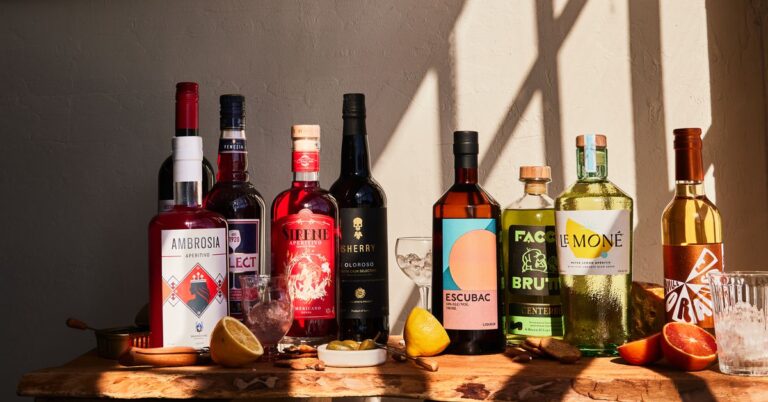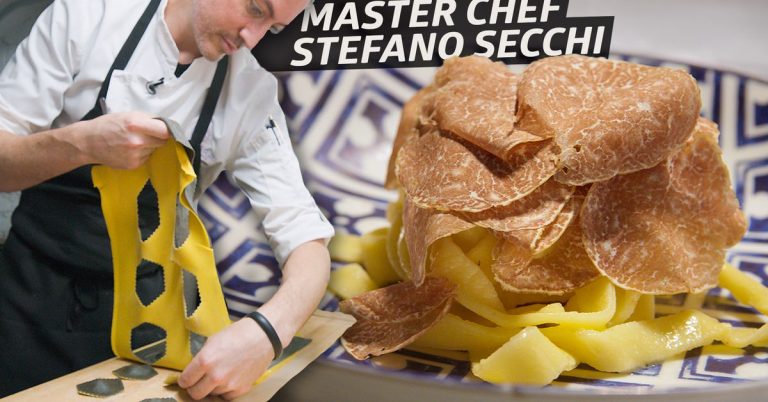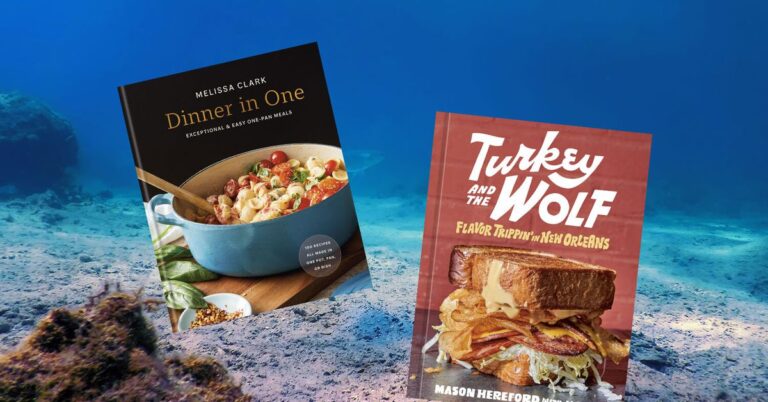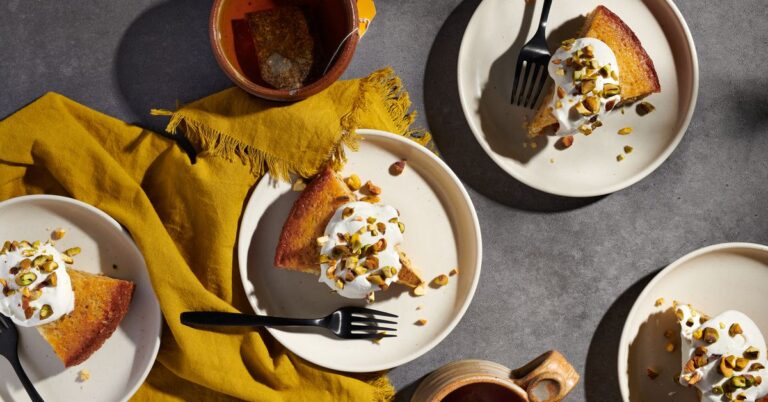Recipe: How to Make Socca and Ratatouille
Socca, pronounced soh-kuh, is a menu staple at the Good King Tavern, our cozy French bistro in Philadelphia’s Bella Vista neighborhood. A savory pancake made from chickpea flour, socca is a traditional Niçoise street food. Just as you’ll find crêpes in Paris, you’ll find socca served at Nice’s buzzing street stands, often alongside other local delicacies like pissaladière and barbajuans. Like crepes, socca is made by cooking batter in a pan: in this case, chickpea batter is ladled onto a massive, piping hot copper pan that is then thrown into a wood-fired oven. Once its edges are browned and its center has bubbled and firmed, the socca is scraped from the pan without form or fashion. Salty, crispy, creamy shards of it are traditionally served wrapped up in a paper cone; at the Good King, we serve it sliced on a wooden board with accoutrements inspired by old family recipes. One of my favorites is ratatouille.
To me, ratatouille tastes like home: a pique-nique-style lunch on the terrace as we find pause and peace from the hot Provençal sun, passing a plate of pâté, tearing a hunk of fresh baguette, pouring a canon of wine. While seemingly simple, the process of making ratatouille is, like most French food, a labor of love (and a whole lot of olive oil). It acknowledges and respects the integrity of each singular vegetable before marrying them all in a lush Mediterranean mélange. Don’t be afraid to make it ahead of time — we French believe the longer the vegetables marinate, the more their flavors intensify, not unlike a decanted bottle of Nicolas Joly chenin dancing with oxygen across time.
At the restaurant, our approach to serving socca could be described as casual-chic: it’s street food-meets-pique-nique. Together, the socca and the ratatouille have the power to take you there, to a place somewhere between the winding streets of Nice and a table in a Provençal family home. And if you want to get there even more easily, you can do so with some select bottles that I and my friend Kaitlyn Caruke chose for this month’s Eater Wine Club.
Socca and Ratatouille
Serves 6-8
Ingredients:
For the ratatouille:
1 medium eggplant, cut into ½ to 1-inch chunks
2 teaspoons salt, plus more for seasoning
7 tablespoons olive oil, divided
3 medium tomatoes, cored and chopped
2 medium onions, chopped
6-8 garlic cloves, finely chopped
3 small-medium zucchini, cut into ½ to 1-inch chunks
2 teaspoons herbs de Provence
Freshly ground black pepper
Fresh basil, for garnish (optional)
For the socca:
1 cup (115 g) chickpea flour
¾ teaspoon salt
½ teaspoon fresh ground black pepper
2 ½ tablespoons olive oil, plus about 2 tablespoons more for greasing the pan
1 cup plus 2 tablespoons (273 g) water
Instructions:
First, make the ratatouille:
Step 1: In a medium bowl, toss the eggplant with 2 teaspoons salt. Set aside for 15 minutes, then use a paper towel to wipe off the salt, pressing lightly to absorb excess moisture.
Step 2: While the eggplant sits, heat 3 tablespoons of olive oil in a large saute pan over medium heat. Add the tomatoes, onions, and garlic and cook until the tomatoes have broken down and the onions are tender, 15 minutes. As the vegetables simmer, season them with salt to taste. Once they’re cooked, transfer them to a Dutch oven.
Step 3: Using the same sate pan, heat 2 tablespoons of olive oil over medium heat. When the oil is shimmering, add the zucchini and a pinch of salt. Reduce the heat to medium-low and cook until the zucchini is softened but not mushy, 8 minutes. Transfer to the Dutch oven. Add another 2 tablespoons of olive oil to the saute pan. Once it’s shimmering, add the eggplant and saute over medium-high heat, stirring frequently until golden brown, 4 minutes. (If needed, you can add a bit more oil to prevent sticking.) Transfer the eggplant to the Dutch oven with the other vegetables.
Step 4: Add the herbs de Provence, a couple more pinches of salt, and a few twists of freshly ground pepper to the vegetables and stir to combine. Cover and simmer over low heat, stirring occasionally, until the vegetables are very soft and the flavors have melded, 1 to 1 1/2 hours, depending on how soft you prefer your vegetables. Once they’re cooked, add more salt and pepper to taste. If you’d like, you can garnish the finished ratatouille with fresh basil. Voilà.
Next, make the socca:
Step 1: Preheat the oven to 500 degrees, or preheat the broiler with an oven rack 4 inches below the element.
Step 2: Put the chickpea flour, salt, and pepper in a medium bowl and whisk to combine. Gradually whisk in the water, and then the 2 ½ tablespoons olive oil, whisking until thoroughly combined. Alternatively, you can blend the batter in a blender.
Step 3: Coat a 12-inch oven-safe non-stick pan with the remaining 2 tablespoons of olive oil and place over high heat. When the olive oil begins to shimmer, pour the batter into the pan. Immediately lower the heat to medium-low and cook through until the batter is dry and firm when touched, about 5 minutes. Transfer the pan to the oven and continue to cook until the top starts looking browned and crispy, 4-5 minutes. Remove the socca from the oven and cut it into wedges. Enjoy it all by itself or with your choice of seasonal salad or stewed deliciousness (ahem, ratatouille).
Philadelphia-based Chloé Grigri is the co-owner and wine director of the Good King Tavern and the James Beard-nominated wine bar Le Caveau.
Dina Ávila is a photographer in Portland, Oregon.
Recipe tested by Ivy Manning






